The Verde River is a green artery pulsing through the heart of Arizona, a jewel of the Southwest, continuously flowing over 190 miles from Paulden to the Salt River near Scottsdale (see map).
The upper Verde, tucked away deep within the Prescott National Forest between Paulden and Clarkdale, is remote, unknown, underappreciated, and threatened. The upper Verde’s future is in jeopardy because unmitigated groundwater pumping in the Big Chino Valley will diminish the base flow, eventually transforming 25 miles of a living river into a dead, dry wash.
The Citizens Water Advocacy Group (CWAG) believes that we are smart enough to live here responsibly, enjoying a comfortable lifestyle while protecting our natural areas and our wildlife. The question is: Do we have the political will?
The Verde is worth protecting!
To see why, click on one of ten values below.
Because we exploit our forests, rivers, and land for the resources that support our society, some environmental degradation is inevitable. Our challenge is to manage this rich and amazing world in a sustainable manner so our kids, and their children, can also live comfortably and enjoy nature and wildlife.
 The Verde River generates over 700 jobs and over $100 million in economic value in the Verde Valley, plus 40% of the Phoenix area's surface water supply.The Verde Valley wine industry alone contributes 355 jobs and $25 million of economic output.
The Verde River generates over 700 jobs and over $100 million in economic value in the Verde Valley, plus 40% of the Phoenix area's surface water supply.The Verde Valley wine industry alone contributes 355 jobs and $25 million of economic output.
Plus, natural areas are proven to benefit local economies.
See reports:
wine
overall economy
Access to recreation is a key reason people move to northern Arizona. As our population grows, we require more recreational area. The upper Verde River is a wonderful place for people to hike, hunt, fish, swim, camp, backpack, kayak, canoe, view wildlife, photograph, ride horses, climb rocks, and observe birds. Protecting the Verde River benefits our region's tourism and recreation industries.
Clean air, unfettered open spaces, and beautiful flowing rivers and streams provide opportunities to enjoy nature's splendor, which is good for our mind, body, and soul.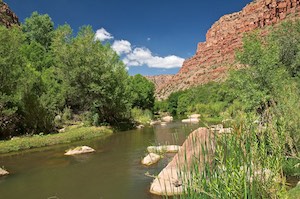
Red rocks. Green plants. Blue sky. White clouds.
Primal colors and spectacular rock formations create scenery second to none in the state.
The Verde River displays tremendous natural beauty.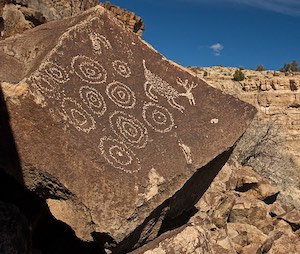
The entire river corridor is laced with ancient rock art, campsites, structures, and artifacts revealing the historical lifestyle of Native Americans. The river and its springs are an essential spiritual and cultural foundation for the Yavapai-Apache Nation. Also, remnants of early Arizona ranching history dot the canyon.
Although the Verde River watershed comprises only about six percent of the land area in Arizona, it contains the best remaining riparian areas — lush, green ribbons full of life.
The Verde River supports a surprisingly large fraction of Arizona’s vertebrate species: 78 percent of breeding bird species, 89 percent of bat and carnivore species, 83 percent of native ungulate species, and 76 percent of reptiles and amphibian genera — an impressive concentration of wildlife.
Many bald eagles overwinter on the Verde River, and seven eagle chicks have fledged at Del Rio Springs in the last five years. The Verde River, the lifeblood of the watershed, supports most of Arizona’s wildlife species, a heritage we all share.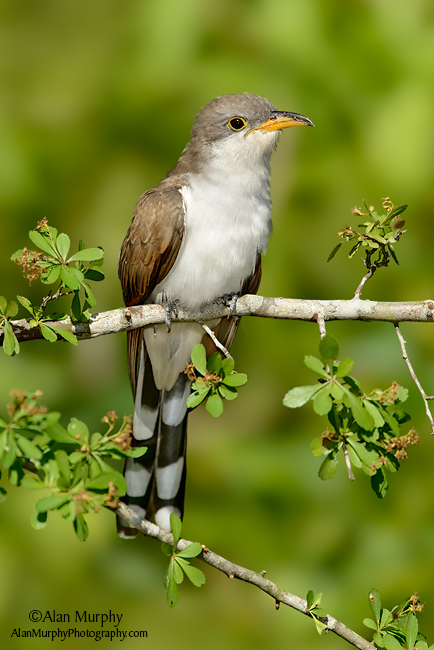
The Verde River supports a rich and diverse variety of plants, animals, and fish. The Endangered Species Act (ESA) lists 15 riparian species in the Verde watershed, including the yellow-billed cuckoo, the southwestern willow flycatcher, the narrow-headed garter snake, the Mexican garter snake, and more. Wildlife managers monitor an additional 16 sensitive species of concern.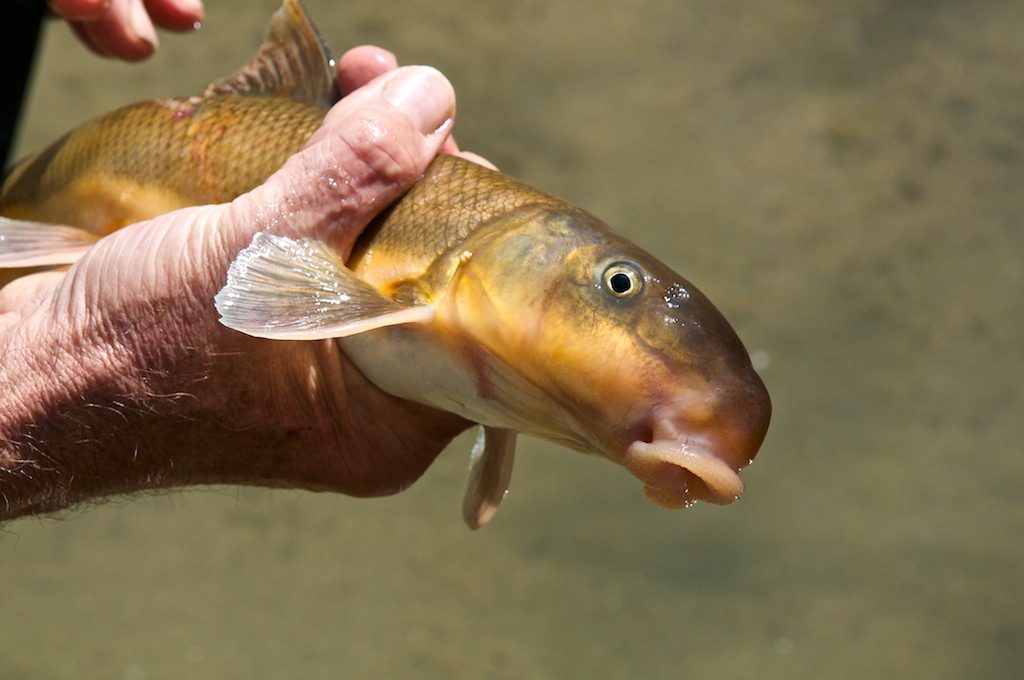
Of Arizona’s original 33 native fish, three are extinct, nineteen are protected by the Endangered Species Act (ESA). The Verde River supports ten native fish. The upper Verde River sustains four ESA-listed native fish, and is considered one of the best native fish streams in Arizona.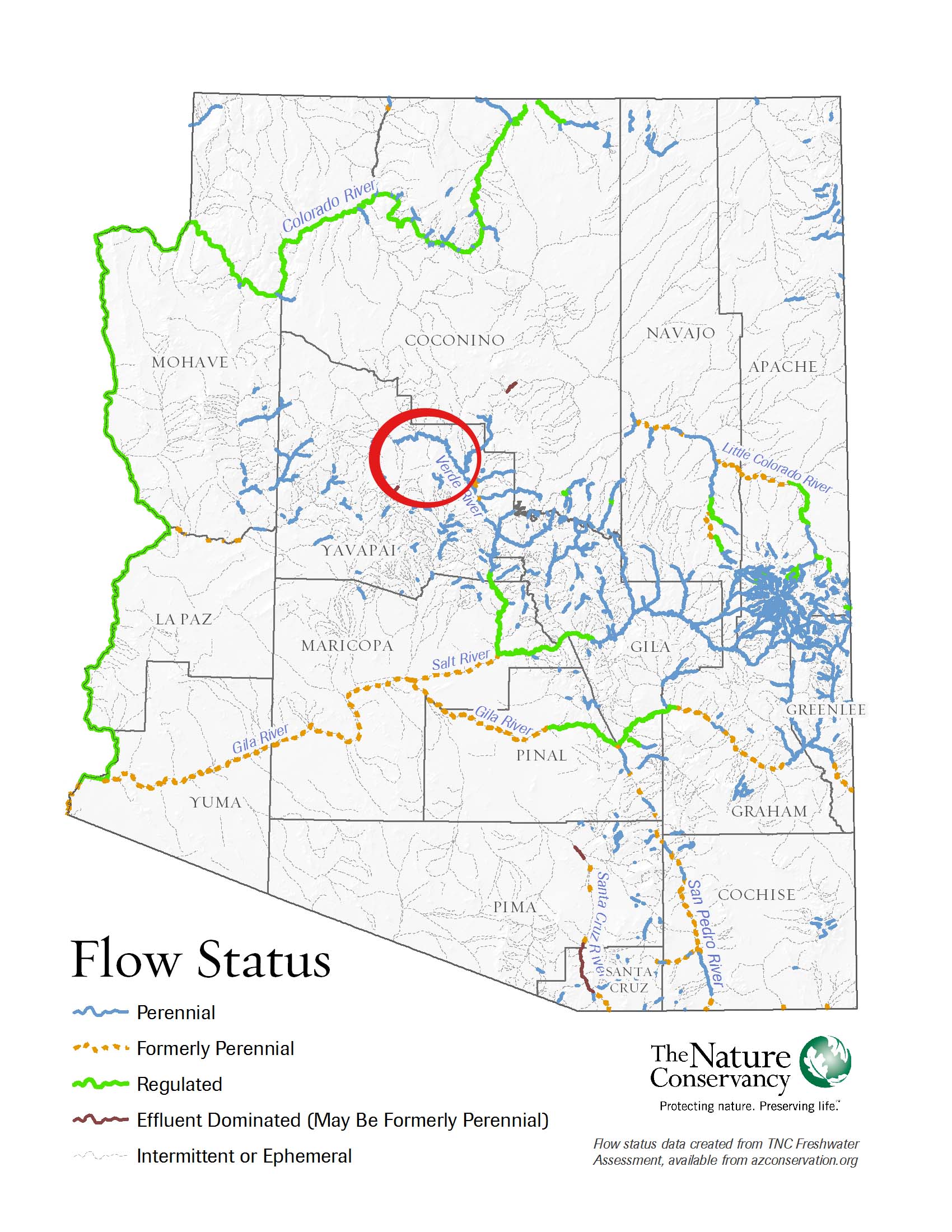
Of Arizona’s six major perennial rivers, the Gila, Salt, and Santa Cruz Rivers have been consumed by dams and groundwater pumping; the Colorado is fully diverted and no longer flows to the Gulf of California; and the San Pedro is struggling for life. The Verde River is the longest surviving living river in Arizona.
We can meet that challenge by adopting the ethical values of our local Native Americans, the Yavapai-Apache Nation in Camp Verde. Monica Marquez, a Yavapai, told me: “Water is Life. You never take it all.” Vince Randall (pictured above), past tribal chairman, asks: “When are you going to learn to share with all living things? When will you learn the true meaning of stewardship? Will it be when there is only one of you left?”
